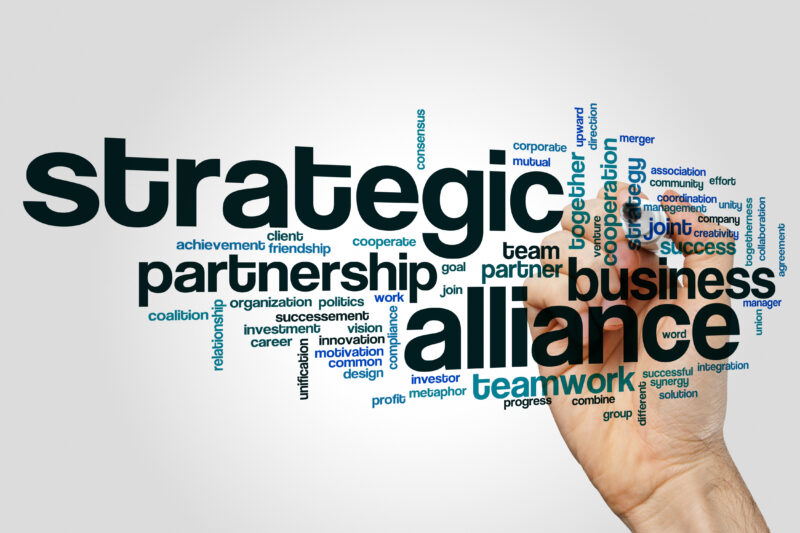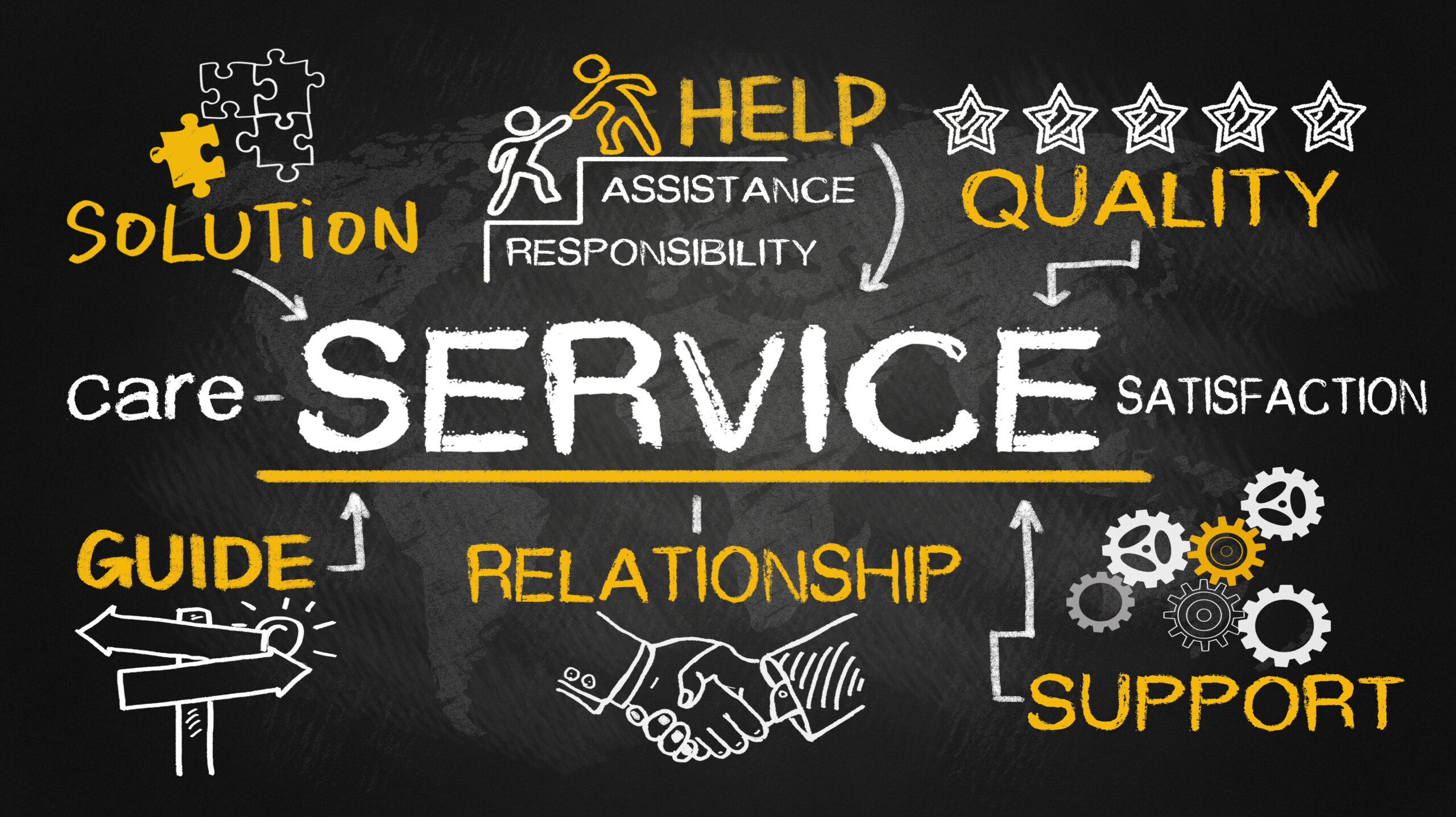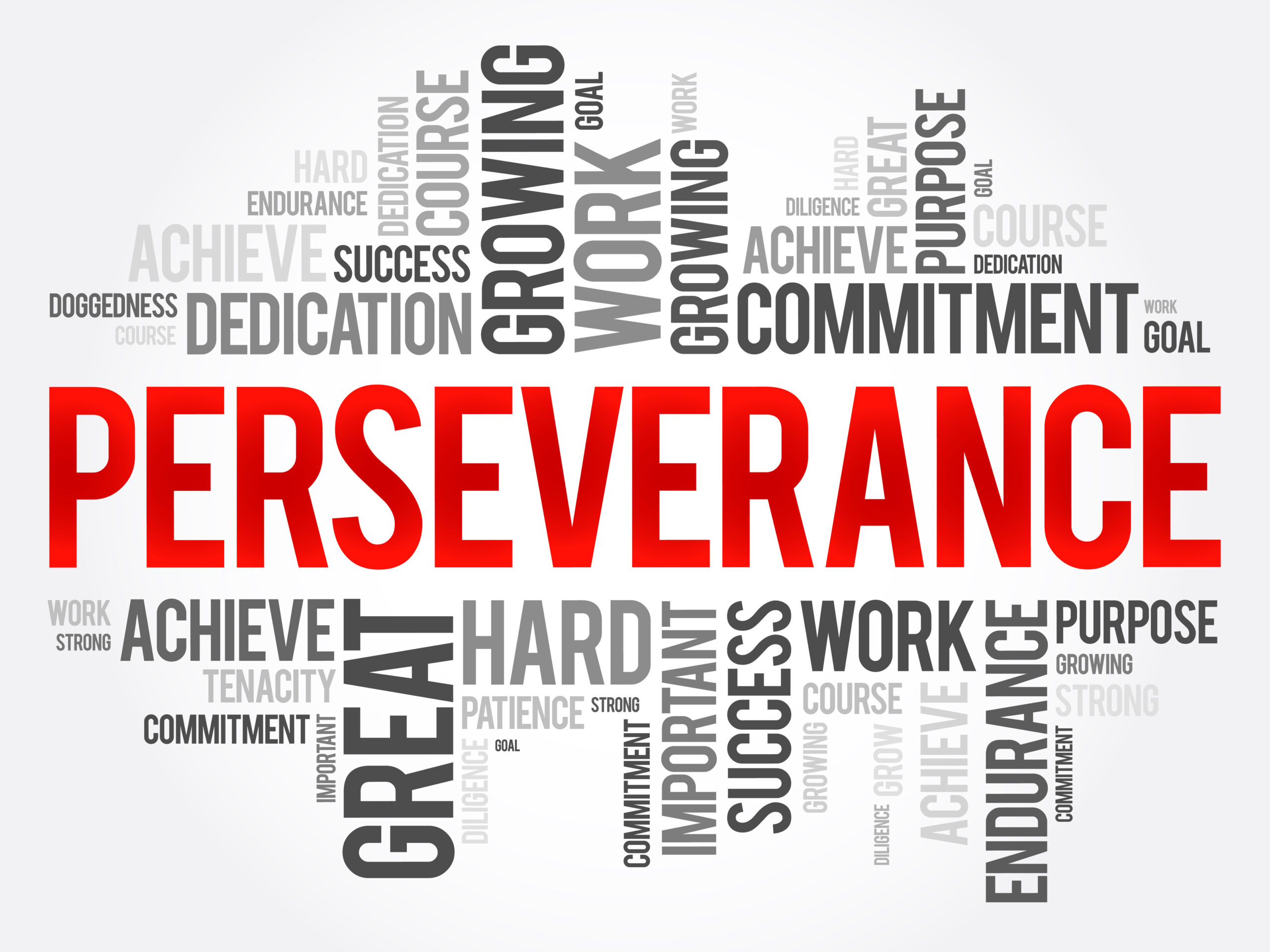If you’re interested in learning how to harness the power of artificial intelligence to make your engineering or architecture firm more competitive, this post will give you the four keys to success.
Lately, my clients have asked me about artificial intelligence. Although I’m not an AI technologist, I gave them some good advice I’ll share in this post. That’s because, for 25 years, I was an organizational change management (OCM) consultant. OCM is a specific discipline in the software implementation industry. An OCM consultant’s job is to help company leaders get their people to assimilate new information technology, processes, and best practices to become more competitive.
I’ve taken my 25 years of experience as an OCM consultant and applied it to the unique challenge of assimilating AI, so here are the four keys to AI success:
- Ready your organization for the new pace of change,
- Optimize your knowledge sharing across the firm,
- Get your house in order regarding data hygiene and
- Mobilize a quick-strike AI task force.
Learn to Lead Change in a Fast-Paced Environment
First, success with AI isn’t merely about technology but rather the ability to be nimble, given the breakneck pace of change we’re about to experience. In this world, your only source of sustainable competitive advantage will be to be more agile than your competitors – to “outlearn” them. That means being able to lead change from the top.
Traditionally, A/E firms have thrived without urgently adopting the latest technologies – you could take a wait-and-see attitude and move at your own pace. It will be impossible to do that with artificial intelligence. Professional services firms are getting benefits from it now. If you wait until 2025 to figure it out, you’re not going to be one year behind; you’re going to be three years behind. So, leading change and overcoming resistance will be the key to success.
To be agile, leaders and managers must learn the framework for leading change. The field-tested methodology created 20 years ago, the ADKAR model for leading change, includes tools and templates. We’ve adapted their tools to develop a playbook for A/E firms to adopt AI. Suppose your firm hasn’t trained leaders and managers to implement strategic change. In that case, you must develop this capability to succeed in the new, lightning-fast business world that AI, such as ChatGPT, has already ushered in. Part of the leader’s job will be to foster a more collaborative culture, where people are willing to share ideas for the company’s tremendous success rather than hoard knowledge to make themselves more indispensable.
Knowledge Sharing Processes and Systems Are Essential
The second key is to optimize your knowledge sharing throughout the firm, whether using collaborative workspaces like Microsoft Teams and SharePoint or other third-party software to help with knowledge management. Information systems are essential to knowledge sharing, as are people – in the form of a community of practice.
A community of practice (CoP) is a group of people who share a common interest or concern and learn how to do something better through regular interaction. I’ve created seller-doer communities of practice within my client organizations to reinforce the training that they’ve received through the Academy. You’re going to need an AI community of practice. Hang on to that thought because I’ll talk about your task force getting started here in a minute.
Once you’ve developed and tested new applications, you must be able to deploy them quickly; thus, knowledge sharing will be vital.
Data Integrity and Completeness
Third, if you haven’t heard the phrase ‘garbage in, garbage out,’ you’re getting ready to hear it a lot. If your house is not in order regarding data, you will get garbage out of AI, and people will get frustrated and not want to use it. So now is a perfect time to do some data cleanup; ensure it’s thorough, accurate, and structured in a helpful way for AI. The data may be in your ERP, CRM, data warehouses, or even PDFs in SharePoint. Without clean data, people will bang their heads against the wall and give up. Or worse, poor data will yield wrong answers and create problems for your company. So, knowledge cleanup and data cleanup are critical pieces of this.
Mobilize an AI Task Force
And fourth, mobilize a quick-strike AI task force. You may already have some informal pockets of activity in your organization – some you don’t know about. But there are good and bad ways to go about it. The bad ways will squander resources. The biggest enemy of your AI task force will be wasted time. You will have to put some of your best people on this. Some of these will be your most highly utilized people, maybe some of your highest people on your rate card. They’re going to be involved in figuring this out and rolling it out, and the most significant thing is What you don’t want to happen is for them to waste their precious time. If they waste time, it costs you money, it can create frustration or stress them out, create more organizational stress than is necessary, but that could lead to frustration and people abandoning trying to assimilate AI into your firm. And that’s going to be costly.
Again, an excellent, easy start this year without going whole hog is to get organized and define a process for taking on different applications of artificial intelligence, which will be a massive key to success.
Summary
So, here’s a quick recap:
- Learn the art and science of leading change,
- Optimize your knowledge-sharing systems and processes,
- Get your data cleaned up and organized, and
- Mobilize an AI Task Force to get jumpstarted without wasting time and money.
Those are the four keys to success. We have created a service offering likely to be available for only a year, so now’s the time to take advantage of it. It’s called the AI Jumpstart for A/E, and we’ll guide you through these four different keys to success and help you get organized and mobilized to start productively using AI and get it rolled out and assimilated through your organization.
The building blocks you put in place to become a more agile organization will be valuable: knowledge management system and clean data. All those things are of tremendous value, even outside the realm of artificial intelligence. You may have even been talking about change leadership, knowledge sharing, and data cleanliness for a long time. So the time to tackle them is now – you can’t put them off any longer. We’re here to help you with it with AI Jumpstart, which gets you going productively in just 90 days. Go to aijumpstart.ai to learn more about how we can help you roll out AI immediately.









 One of the 44 executives I interviewed for the book, Laura Wernick, AIA of HMFH Architects in Boston, shared her experience building confidence as a seller-doer.
One of the 44 executives I interviewed for the book, Laura Wernick, AIA of HMFH Architects in Boston, shared her experience building confidence as a seller-doer. 


